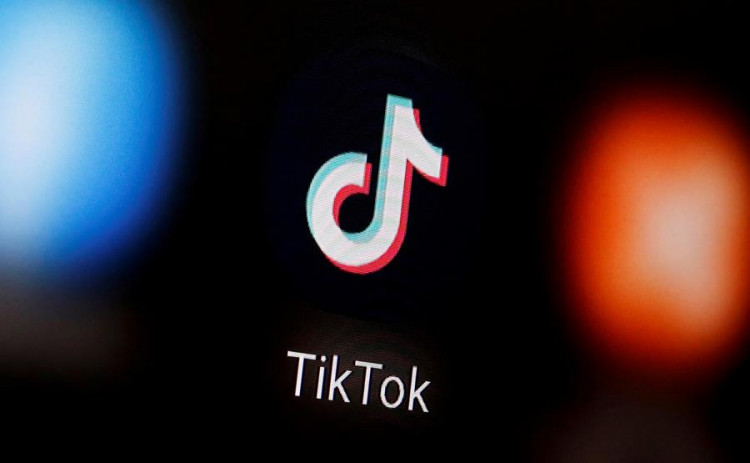The ultimate goal for short-video platforms seems to be e-commerce. Observing the popularity of Shein and Temu in the United States, TikTok is set to launch its own e-commerce business.
According to a Tuesday report by The Wall Street Journal, a source familiar with the plan revealed that TikTok is set to introduce its e-commerce business in the U.S. market in early August, aiming to emulate the success of these two e-commerce platforms in the U.S.
Similar to e-commerce platforms like Temu, TikTok will store and transport goods on behalf of Chinese manufacturers and merchants, including clothing, electronic products, and kitchen utensils. TikTok will also manage marketing, transactions, logistics, and after-sales service.
This move expands TikTok's e-commerce strategy. Initially, TikTok had planned to develop a third-party seller platform in the U.S., but the plan was hindered as American merchants were reluctant to join, prompting TikTok to delay its wider rollout.
Currently, TikTok is building a marketplace akin to Amazon - the TikTok Shop Shopping Center - to consolidate different channels for users to view and purchase products onto one page. Users can view products sold on the TikTok platform and directly view goods sold by external retailers.
Analysts point out that TikTok's foray into e-commerce is aimed at expanding its seller ecosystem, deriving more profits from its popular videos, and diversifying beyond advertising. This move comes as another test for Amazon, following the rise of PDD Holding's Temu and fast-fashion retailer Shein in the U.S. market.
Moreover, one source stated that TikTok's goal is to double its total merchandise volume, raising it from less than $5 billion registered in 2022 to $20 billion in 2023.
A TikTok merchant manager commented during an online roadshow last week:
The e-commerce landscape is quite simple this year, all platforms are adopting this new model. Compared to its peers, Shein and Temu, TikTok's advantage lies in its one billion monthly active users worldwide.
According to data from market intelligence firm Sensor Tower, these two shopping platforms have a global user count which is only one-fifth that of TikTok.






